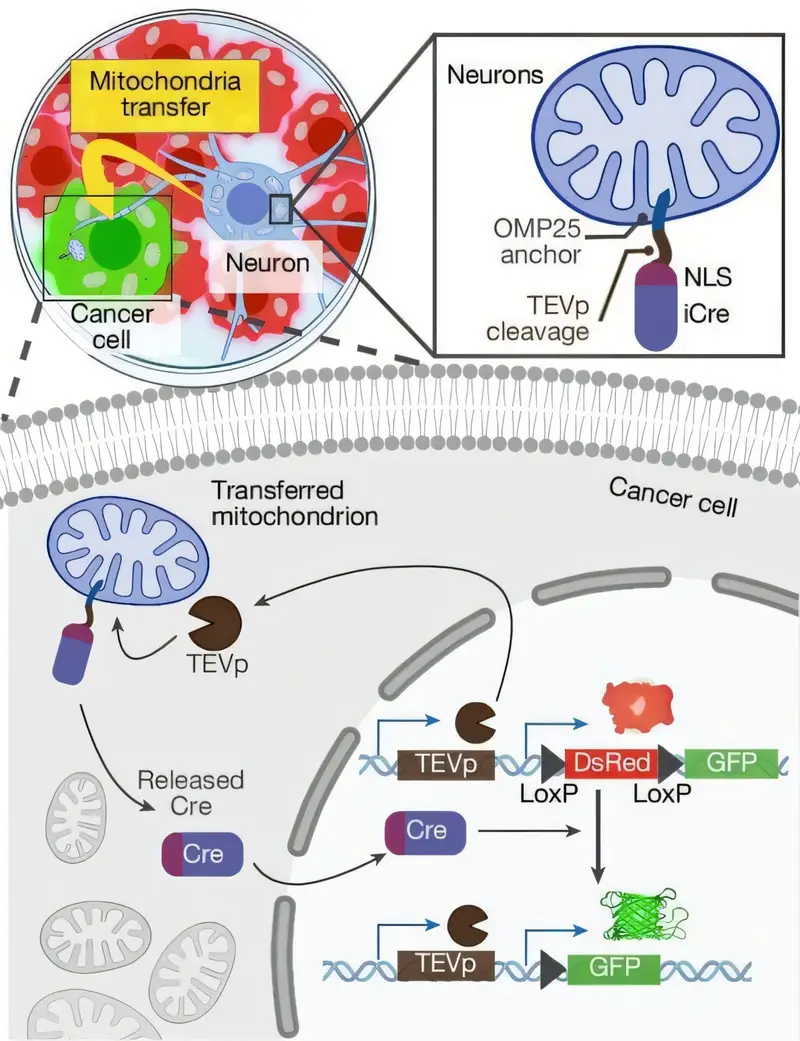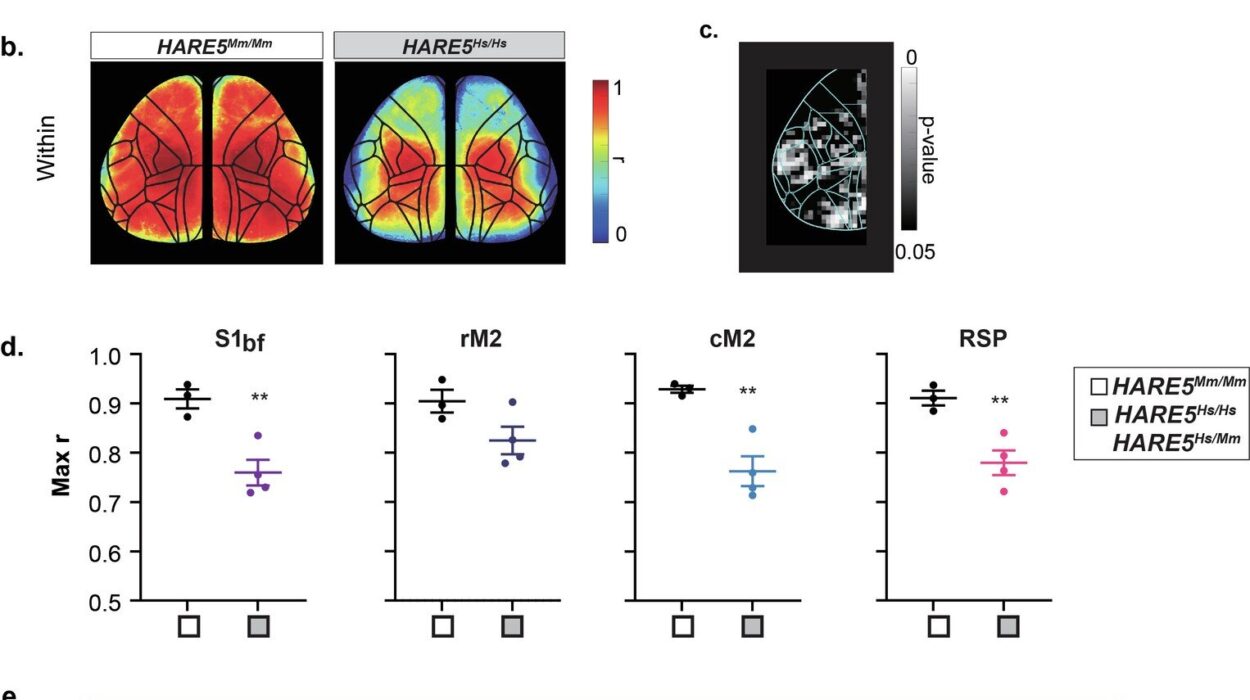Heart disease, the leading cause of death globally, has been a subject of intense research, discussion, and concern for decades. The risk factors contributing to this deadly condition are well-documented, including smoking, high blood pressure, obesity, and a sedentary lifestyle. Yet, one factor that consistently plays a starring role in the development of cardiovascular disease is cholesterol. For years, cholesterol has been vilified as the main villain in the story of heart disease, but its true role is far more nuanced and complex than most people realize.
To understand cholesterol’s role in heart disease, we must first delve into what cholesterol is, how it functions in the body, and the relationship between cholesterol and cardiovascular health. It is only by exploring these elements in detail that we can begin to understand why this molecule, which is essential for life, has also earned such a controversial reputation.
What Is Cholesterol? The Essential Fat
Cholesterol is a type of lipid, or fat, found in every cell of the body. It is produced by the liver and can also be obtained from animal-based foods such as meat, eggs, and dairy products. Despite its negative reputation, cholesterol is vital for several essential bodily functions. It is a building block for the production of hormones like estrogen, testosterone, and cortisol. It is also critical for the formation of vitamin D and bile acids, which help digest fats.
The body’s cells rely on cholesterol to maintain their structural integrity and fluidity, enabling them to function properly. Without cholesterol, the body would be unable to produce the necessary hormones and enzymes that regulate various vital functions, and the cells would lose their ability to communicate with one another effectively.
But if cholesterol is so essential for life, why has it become associated with heart disease? The answer lies in how cholesterol behaves in the bloodstream and how it interacts with the cardiovascular system.
The Lipoproteins: The Transport System of Cholesterol
Cholesterol cannot dissolve in the bloodstream on its own because it is a fat. For this reason, it is transported through the blood by proteins called lipoproteins. These lipoproteins act as delivery vehicles, helping cholesterol travel to various parts of the body where it is needed. There are two main types of lipoproteins that carry cholesterol: Low-Density Lipoprotein (LDL) and High-Density Lipoprotein (HDL).
Low-Density Lipoprotein (LDL): The “Bad” Cholesterol
LDL cholesterol is often referred to as “bad” cholesterol, and for good reason. When LDL particles deliver cholesterol to cells, they can sometimes deposit excess cholesterol in the walls of arteries, leading to a dangerous condition known as atherosclerosis. Atherosclerosis occurs when the walls of the arteries become thickened and narrowed due to the buildup of cholesterol, fat, and other substances. This reduces blood flow, making it more difficult for the heart to pump blood effectively.
As the cholesterol accumulates, it can form plaques that eventually rupture, leading to the formation of blood clots. These clots can block blood vessels entirely, causing heart attacks or strokes. High levels of LDL cholesterol in the blood are, therefore, a major risk factor for heart disease and other cardiovascular conditions.
High-Density Lipoprotein (HDL): The “Good” Cholesterol
HDL cholesterol, on the other hand, is considered “good” cholesterol because it helps remove excess cholesterol from the bloodstream. HDL particles act like scavengers, picking up unwanted cholesterol and transporting it back to the liver, where it can be broken down or excreted from the body. High levels of HDL cholesterol are thought to protect against heart disease by preventing the buildup of cholesterol in the arteries.
A higher ratio of HDL to LDL cholesterol is generally seen as a sign of good cardiovascular health. Conversely, low levels of HDL cholesterol or high levels of LDL cholesterol are risk factors for the development of heart disease.
Cholesterol and Atherosclerosis: A Dangerous Relationship
The link between cholesterol and heart disease becomes most apparent when we consider the process of atherosclerosis. Atherosclerosis is a slow, progressive disease that often starts in childhood and can go unnoticed for decades. It typically begins when small amounts of LDL cholesterol are deposited in the walls of the arteries, initiating a process of inflammation. Over time, the cholesterol and other fatty substances combine with cellular debris and calcium to form plaques.
These plaques can narrow the arteries and reduce blood flow to vital organs like the heart and brain. The body may try to repair the damage by creating scar tissue, but this only makes the problem worse by further narrowing the arteries. In some cases, the plaque can rupture, causing a blood clot to form at the site of the rupture. If the clot is large enough, it can completely block the flow of blood, leading to a heart attack or stroke.
Atherosclerosis is a gradual process that can take years or even decades to develop. During this time, individuals may not experience any symptoms, which is why it is often referred to as a “silent” disease. It is only when the plaques become large enough to cause significant blockage or rupture that heart disease manifests in the form of chest pain, heart attack, or stroke.
The Role of Triglycerides and Other Risk Factors
While cholesterol is a key player in heart disease, it is not the only factor at play. Triglycerides, another type of fat in the blood, can also contribute to the development of atherosclerosis. High levels of triglycerides are often seen in people with obesity, diabetes, or excessive alcohol consumption, and they can exacerbate the effects of high LDL cholesterol.
In addition to cholesterol and triglycerides, several other risk factors contribute to heart disease. These include high blood pressure, smoking, physical inactivity, a poor diet, and a family history of cardiovascular disease. The more of these risk factors an individual has, the greater their chances of developing heart disease.
For instance, high blood pressure, or hypertension, places additional strain on the walls of the arteries, making them more susceptible to damage from cholesterol and other substances. Smoking accelerates the process of atherosclerosis by increasing inflammation and reducing the amount of oxygen available to the heart. A diet high in saturated fats, trans fats, and cholesterol can raise LDL levels and increase the risk of plaque formation.
The Controversy: Does Cholesterol Alone Cause Heart Disease?
For decades, the relationship between cholesterol and heart disease was presented as a clear-cut cause-and-effect scenario: high cholesterol leads directly to heart disease. However, recent research has complicated this narrative. It is now understood that while high cholesterol, particularly high levels of LDL cholesterol, increases the risk of heart disease, it is not the sole cause. Other factors, such as inflammation, oxidative stress, and genetic predisposition, also play crucial roles in the development of cardiovascular disease.
For example, some individuals with high cholesterol levels may never develop heart disease, while others with normal cholesterol levels may suffer from heart attacks or strokes. This has led some experts to question the emphasis placed on cholesterol as the primary risk factor. Instead, they argue that heart disease should be viewed as a complex interplay of multiple factors, including cholesterol, blood pressure, lifestyle, and genetics.
The Role of Diet: Can We Control Our Cholesterol?
One of the most well-known and widely accepted ways to manage cholesterol levels is through diet. For many years, dietary cholesterol, found in foods like eggs, red meat, and shellfish, was thought to be a major contributor to high blood cholesterol levels. However, more recent research has shown that for most people, dietary cholesterol has only a modest effect on blood cholesterol. Instead, saturated fats and trans fats in the diet are far more impactful in raising LDL cholesterol.
Reducing the intake of saturated fats, found in foods like butter, cheese, and fatty meats, can help lower LDL cholesterol levels and reduce the risk of heart disease. Increasing the intake of healthy fats, such as those found in nuts, seeds, avocados, and oily fish, can raise HDL cholesterol and offer protective benefits. Additionally, consuming more fiber-rich foods like fruits, vegetables, whole grains, and legumes can help lower cholesterol levels and promote heart health.
In some cases, dietary changes alone may not be enough to control cholesterol, especially for individuals with a genetic predisposition to high cholesterol. In such cases, medications such as statins may be prescribed to help lower LDL cholesterol and reduce the risk of heart disease.
The Impact of Lifestyle Choices on Cholesterol
In addition to diet, several lifestyle factors can significantly influence cholesterol levels and cardiovascular health. Regular physical activity is one of the most effective ways to raise HDL cholesterol and lower LDL cholesterol. Exercise helps improve circulation, reduces inflammation, and promotes a healthy weight—all of which contribute to better cholesterol levels.
Quitting smoking is another crucial step in improving heart health. Smoking damages the blood vessels, increases inflammation, and lowers HDL cholesterol, all of which increase the risk of heart disease. By quitting, individuals can significantly improve their cholesterol profile and reduce their overall risk.
Finally, maintaining a healthy weight is essential for managing cholesterol and reducing the risk of heart disease. Obesity, particularly excess abdominal fat, is associated with higher levels of LDL cholesterol and triglycerides, as well as lower levels of HDL cholesterol.
The Future of Cholesterol and Heart Disease Research
As our understanding of cholesterol and its role in heart disease continues to evolve, new avenues of research are opening up. Advances in genetics, for example, are shedding light on how individual genetic variations affect cholesterol metabolism and cardiovascular risk. Some people are genetically predisposed to have high cholesterol, while others may have a natural ability to maintain healthy cholesterol levels despite poor lifestyle choices.
In addition, new treatments are being developed to target specific aspects of cholesterol metabolism. For example, PCSK9 inhibitors, a new class of cholesterol-l
owering drugs, have shown promise in reducing LDL cholesterol levels and lowering the risk of heart disease in high-risk patients. These treatments, along with personalized medicine approaches that take into account genetic factors and lifestyle, could revolutionize the way we manage cholesterol and prevent heart disease.
Conclusion: Understanding Cholesterol’s Complex Role
Cholesterol is both a vital component of human health and a key contributor to heart disease. While high levels of LDL cholesterol are clearly linked to an increased risk of cardiovascular disease, the relationship between cholesterol and heart disease is far from simple. Cholesterol is only one piece of the puzzle, and a variety of other factors, including genetics, inflammation, and lifestyle, also play crucial roles in the development of heart disease.
By understanding the complexities of cholesterol and its role in heart disease, we can make more informed decisions about how to manage our health. Through diet, exercise, and lifestyle changes, most people can successfully control their cholesterol levels and reduce their risk of heart disease. But for those who face a higher genetic risk, advances in medication and personalized treatments offer new hope for preventing and managing heart disease.
Ultimately, the story of cholesterol is not one of villainy, but of balance. Like many things in life, the key to heart health lies in moderation, understanding, and proactive care.






